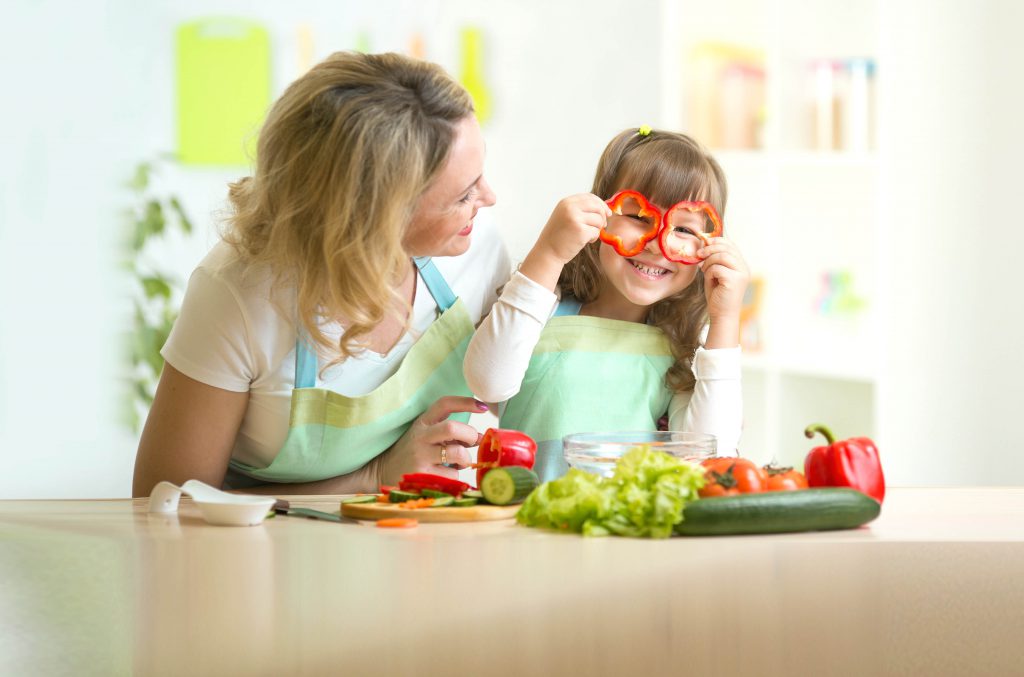What is healthy food for babies and toddlers?
Healthy food for babies and toddlers includes a wide variety of fresh foods from the five healthy food groups:
• vegetables
• fruit
• grains
• dairy
• protein.
Each food group has different nutrients, which your child’s body needs to grow and work properly. That’s why we need to eat a range of foods from across all five food groups.
Fruit and vegetables
Fruit and vegies give your child energy, vitamins, anti-oxidants, fibre and water. They help protect your baby against diseases later in life, including diseases like heart disease, stroke and some cancers.
It’s a good idea to offer your baby fruit and vegetables at every meal and for snacks. Try to choose fruit and vegies of different colours, textures and tastes, both fresh and cooked.
Wash fruit to remove dirt or chemicals, and leave the skin on, because the skin contains nutrients too.
Grain foods
Grain foods include bread, pasta, noodles, breakfast cereals, couscous, rice, corn, quinoa, polenta, oats and barley. These foods give your child the energy she needs to grow, develop and learn.Grain foods with a low glycaemic index, like wholegrain pasta and breads, will give your child longer-lasting energy and keep him feeling fuller for longer.
Dairy
Key dairy foods are milk, cheese and yoghurt. These foods are high in protein and calcium.Dairy foods can be introduced from around six months of age. But make sure that breastmilk or infant formula is your baby’s main drink until around 12 months of age. After that, she can start drinking full-fat cow’s milk.
Because children in this age group are growing so quickly and need lots of energy, they need full-fat dairy products until they turn two.
Protein
Protein-rich foods include lean meat, fish, chicken, eggs, beans, lentils, chickpeas, tofu and nuts. These foods are important for your child’s growth and muscle development.
These foods also contain other useful vitamins and minerals like iron, zinc, vitamin B12 and omega-3 fatty acids. Iron and omega-3 fatty acids from red meat and oily fish are particularly important for your child’s brain development and learning.
Healthy drinks
Water is the healthiest drink for children over 12 months. It’s also the cheapest. Most tap water is fortified with fluoride for strong teeth too.
From six months, breastfed and formula-fed babies can have small amounts of cooled boiled tap water from a cup.
Foods and drinks to avoid
Your child should avoid ‘sometimes’ foods. These foods include fast food and junk food like hot chips, potato chips, dim sims, pies, burgers and takeaway pizza. These foods also include cakes, chocolate, lollies, biscuits, doughnuts and pastries.
These foods are high in salt, saturated fat and sugar, and low in fibre and nutrients. Eating too much of these foods can increase the risk of childhood obesity and conditions like type-2 diabetes.
Your child should also avoid sweet drinks like fruit juice, cordials, sports drinks, flavoured waters, soft drinks and flavoured milks. Sweet drinks are high in sugar and low in nutrients. They can cause weight gain, obesity and tooth decay. These drinks fill your child up and can make him less hungry for healthy meals. And if children start on these drinks when they’re young, it can kick off an unhealthy lifelong habit.
Foods and drinks with caffeine aren’t recommended for children, because caffeine stops the body from absorbing calcium well. Caffeine is also a stimulant, which means it gives children artificial energy. These foods and drinks include coffee, tea, energy drinks and chocolate.
Healthy alternatives for snacks and desserts
It’s fine to offer your child snacks, but try to make sure they’re healthy – for example, grated or thinly sliced carrot.The same goes for dessert at the end of a meal.
Sliced fruit or yoghurt is the healthiest option. If you want to serve something special, try homemade banana bread. Save the seriously sweet stuff, like cakes and chocolate, for special occasions like birthdays.
